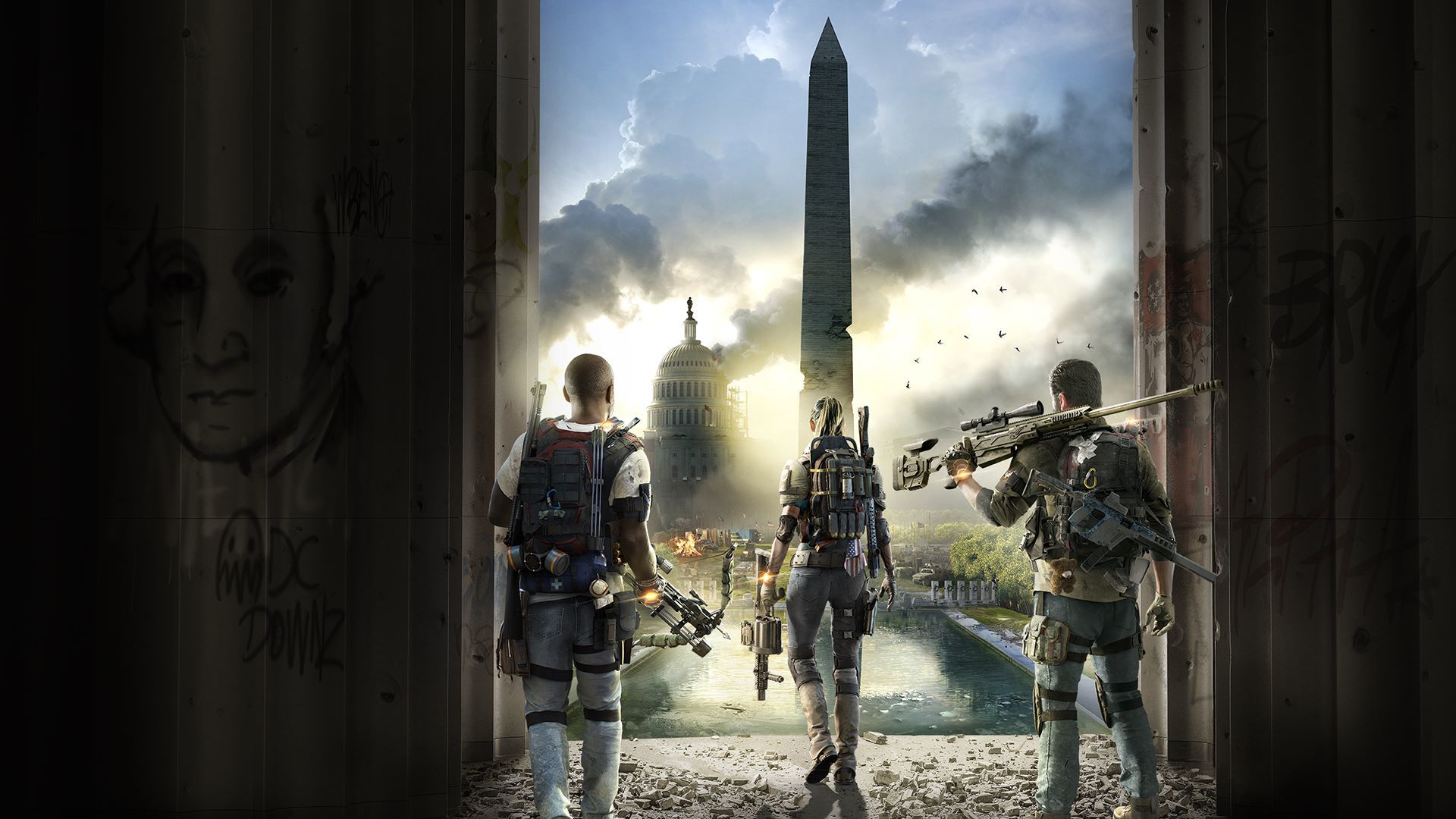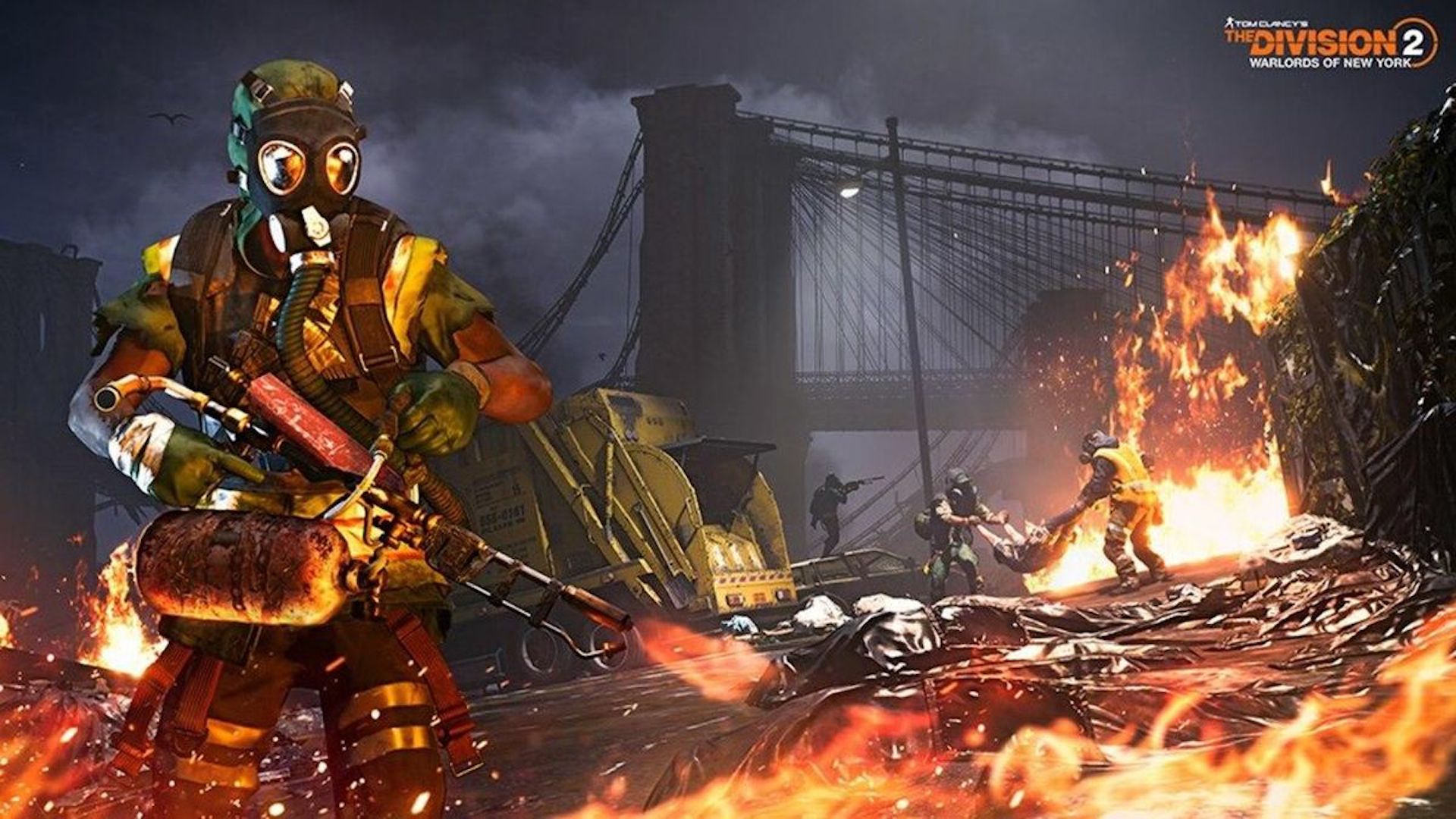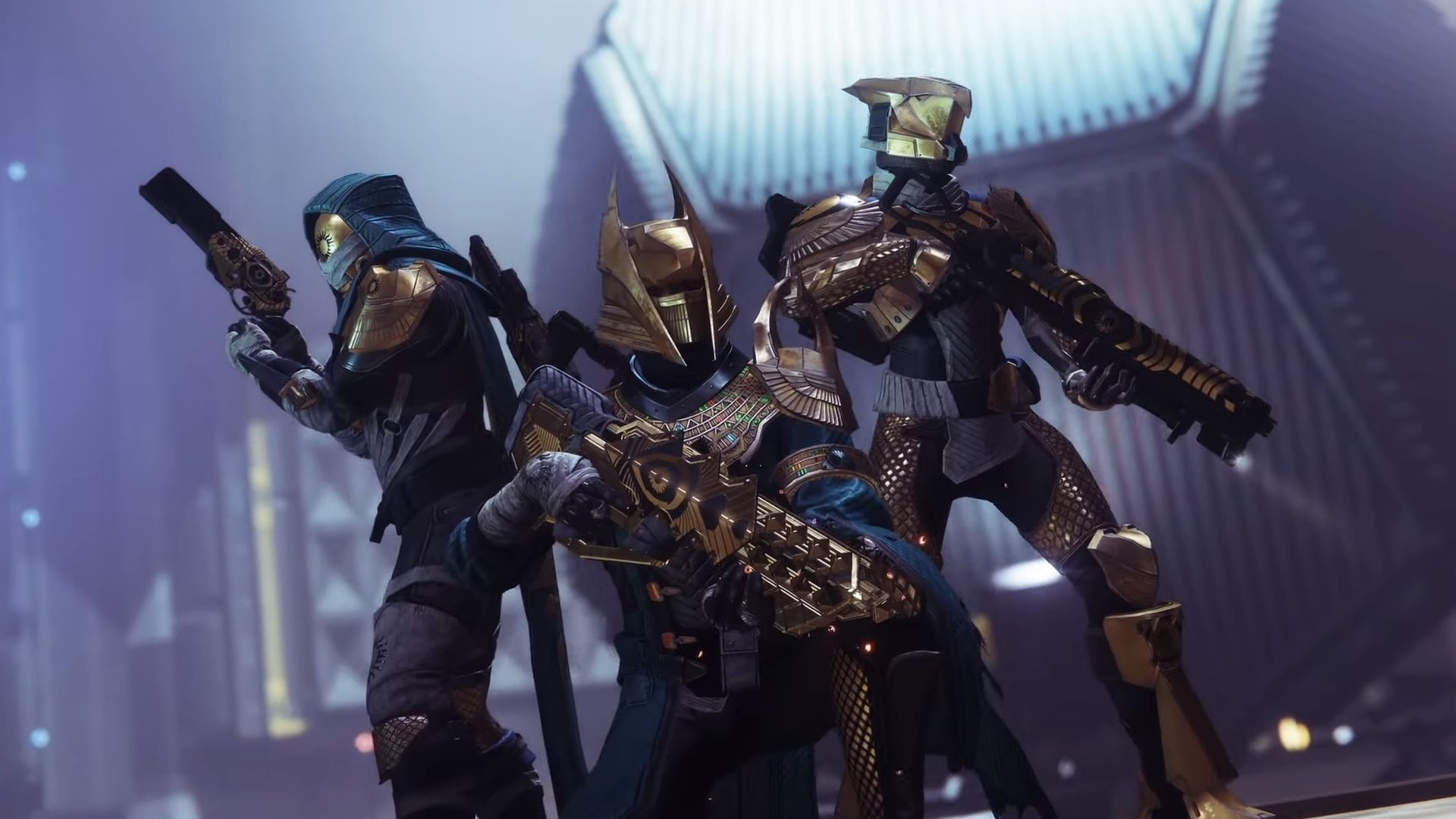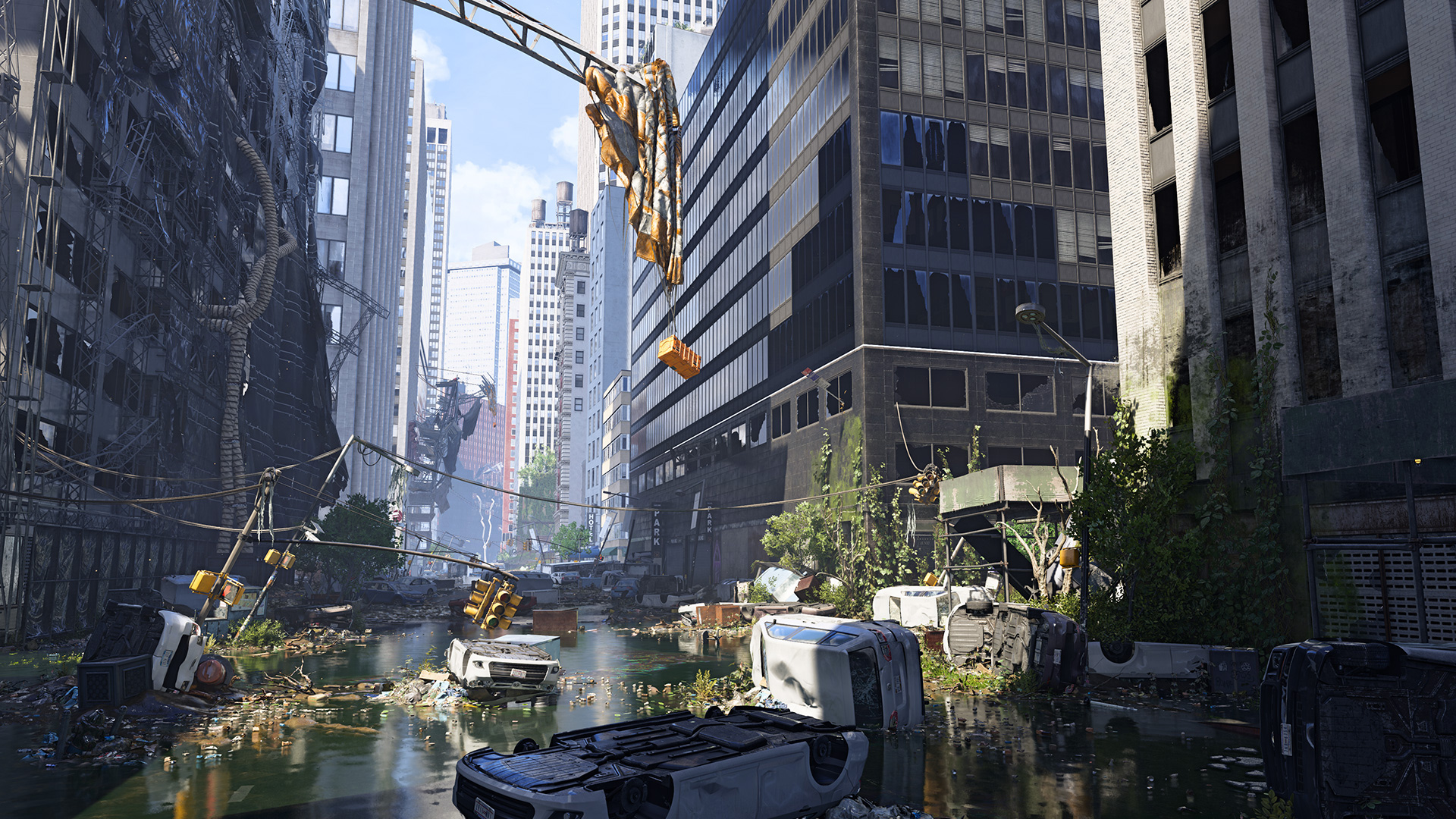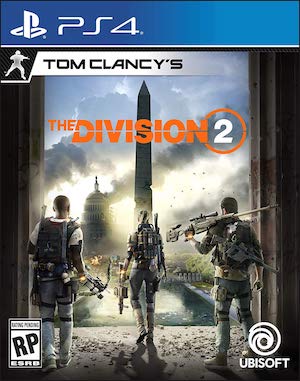
You probably remember the launch of Tom Clancy’s The Division, a well-received yet deeply flawed title especially in its end-game. Enemies hitting too hard and soaking up too much damage, stingy loot drops, a barren slate of viable activities, underwhelming gear – such was the negative reaction at launch, along with the next few patches, that the game underwent a big overhaul. Patch 1.3 came and with it, we got buffed gear sets, vastly improved weapons, nerfed NPCs, crafting changes, Light Zone changes, Caches, World Tiers, the whole works. It felt like a brand new game, even without any new “content” per say.
Massive kept the momentum rolling with Patch 1.4 but then in Patch 1.5, it tried to “revamp” the game yet again. This was mostly to bring some difficulty back to the looter shooter while also preparing for Last Stand, the game’s first PvP focused activity. It also had a subpar response from fans but never fear! Because Patch 1.6 rolled around, introduced Resistance and revamped the game yet again to cater to fans. Classified Gear Sets were introduced (and either underwhelming or overpowered, leading to subsequent nerfs). The Calibration Station saw some much needed changes to prevent players from having to grind out all their loot again. Global Events were in full swing and the player base was mostly happy. Of course, The Division 2 was subsequently released and basically up-ended everything again.
Don’t get me wrong – there are genuinely good things about the campaign, the gunplay and how Massive approached the end-game, at least initially. The problem is that the game has since undergone several revamps in its core systems since launch. Brand Sets, Skill Tiers, Skill Power, Loot Drops, Crafting, the Calibration Station, the Dark Zone – almost every aspect of the game has already been overhauled numerous times. Recently, Exotics received a balance pass (with the True Patriot set being butchered) and NPCs had their aggressiveness, range and other stats nerfed.
Why does this keep happening? And how are so many overhauls detrimental for the game’s long-term health?
First, let’s look at the most recent overhaul that The Division 2 received, namely Warlords of New York. An increased level cap, a complete overhaul to existing gear, the introduction of Skill Tiers, new weapons and armor, the Paragon-like SHD System, the removal of Caches upon leveling up, Calibration Station changes – if I missed something, it’s because that’s just how massive the overhaul was. It wasn’t long before Massive was inundated with complaints.
Increased difficulty for NPCs, which seemingly went back to their bullet spongy roots while being able to one-shot players; tons of bugs and issues from skills not working properly to glitches and performance troubles; Exotics seemingly nerfed into oblivion; loot dropping in lower quantities but not really having better quality – the list goes on. Even if you agree with Massive’s philosophy about making things tougher – even if it was done to a ludicrous degree – it’s clear that the expansion was shipped before receiving thorough Q&A. But why was it released at all?
Simply put, to draw in both old and new players for that additional revenue. The fact that The Division 2 was priced for just a few dollars to help sell the new expansion and attract players to the new seasonal model is indicative enough. But it’s not just Ubisoft Massive that’s done this.
Look at games like Destiny 2 which saw the new Armor 2.0, Seasonal Artifacts, Seasonal Mods and Battle Pass-like systems introduced while the Bright Dust economy, PvP balance, PvE balance and much more changed with the launch of Shadowkeep. This wasn’t just done out of the kindness of Bungie’s heart. Such changes are meant to bring back older players who will pay for the new content. A way to “shake” things up in addition to the new content.
Furthermore, with Destiny 2 going free to play, it also enticed brand new players to invest in the game for the “complete” experience. Drive engagement even further and they might splurge for those season passes. Go even further beyond and hey, maybe they’ll drop a few bucks on Silver for Eververse. Stuffing the cash shop to facilitate this at the expense of in-game loot is only one of the consequences of this method.
The other is the number of bugs that have cropped up since Season of the Undying – the first season post-Shadowkeep’s launch – and which has only increased as time passed. By its own admission, Bungie realized it couldn’t keep adding on to the game since this would affect performance in the long run. The truth of the matter is that outside of reinforcing Fear of Missing Out, having major changes – even if they’re balance and/or quality of life changes – can lead to numerous technical issues.
With Season 12 coming up and the fall expansion hinted at, Bungie is already making moves to revamp its systems yet again. Seasons will last for a year; more effort will be put into Strikes and other current activities rather than adding new limited-time modes; Eververse changes; Transmog; sunsetting of Legendary Weapons and Armor; and likely more to be announced in the coming months. Even if every decision isn’t met with applause by the faithful player, it does signal a nice starting point for new players. And hey, veterans like new content so they’ll stick around.
Fortnite is another key example. The breakneck pace at which Epic Games added updates to the battle royale mode led to rampant issues with balancing. Said issues were usually solved by vaulting the problematic weapons in question (though this didn’t always solve problems – see those who hated the SMG and mech metas). The sheer amount of resources and crunch mitigated other issues like matchmaking, map design, events and so on but that’s hardly a long-term solution.
Seasons no longer come and go at a breakneck pace which probably helps things to cook for a longer period of time. But the trade-off is that revenue probably isn’t as good as when updates were churned out at a breakneck pace, a fact that could be attributed to a number of other factors like the rise of alternative battle royale games, franchise fatigue, etc.
Would companies keep pursuing this approach if it didn’t pay off? Not likely. According to SuperData, Destiny 2 earned about $300 million in digital revenue in 2019, which likely includes DLC, microtransactions, season passes and so on. If this seasonal approach keeps bringing in revenue, then Bungie will keep pursuing it.
However, it’s not like free to play titles like Grinding Gear Games’ Path of Exile and Digital Extremes’ Warframe – both made by comparatively smaller teams – are safe from this trend. Path of Exile has seen numerous different challenge leagues added over the past few years. It’s most recent mega-expansion, Conquerors of the Atlas, overhauled the end-game completely. Even the current league, Delirium, introduces over 350 new passive skills that can be unlocked and allocated via new Cluster Jewels. Path of Exile 2 promises even more – a new seven act campaign in addition to the current one, 19 new Ascendancies, a complete rework of the gear system and so on – with a beta coming in late 2020.
Unfortunately, leagues are seeing less and less polish as time goes by. Performance has been a major criticism for the action RPG since seemingly forever. Conquerors of the Atlas, despite releasing last December, still faces a number of issues This is due to how closely it’s woven into the end-game for challenge leagues as well, compounding the number of possible issues that could occur.
Being an independent studio that ties $60 Supporter Packs to new leagues and numerous cosmetic microtransactions to new skills, Grinding Gear Games is caught in a loop of stimulating additional revenue while facing mounting issues with the core game. But it has to keep its most loyal supporters grinding away. It has to draw in new players, especially because it’s not charging for any of the new content it adds. The best it can do is hope that it’s reputation of listening to fans and fixing new content is enough to ride out any storm generated by the innumerable bugs.
The less said about Warframe, the better seeing as how several of its major updates over the past year – Railjack, The Old Blood, Scarlet Spear – have been attempts to draw in new players while failing to keep current fans engaged. Again though, the developer needs to create new content for its veteran players to consume so it can have them potentially spend more money on Prime Access packs and Platinum. The same culprits emerge – performance issues, progression issues, bugs galore, limited time to earn rewards, etc. It’s a vicious loop that demands a lot of resources and Q&A which doesn’t even guarantee that it will be perfect at launch.
Coming to The Division 2, I can’t fault Massive for the steps it’s taken with regards to gameplay systems. The development team clearly wants to listen to its fans and do everything possible to create an engaging yet challenging experience. It – and the greater Ubisoft as a whole – wants to attract new players and keep it’s current players busy. Since The Division 2 under-performed last year as per Ubisoft’s expectations, it also makes sense for Warlords of New York to release as a paid expansion and herald the beginning of a seasons-based model.
However, the problem with this overall approach is that not only can older issues fall by the wayside as the developer focuses on new content but veteran players have their time invalidated by the grind with every major new change.
The number of times that The Division 2 players have complained about logging in after a major update, only to find their builds obsolete and having grinding back to some kind of semblance of power is rather high. This isn’t even because of nerfs and balance changes – the systems themselves are just completely different to the point that it’s easier to farm new gear. Except when the systems are changed to prolong the grind because, well, you can’t have players going through all of the new content immediately. There are so many cuts to die from in this house of knives that it makes you wonder whether it’s even worth getting invested at all.
But hey, maybe at some point, The Division 3 will be released and Massive won’t completely throw out everything that made the previous games so much fun. Then again, the cycle could repeat anew. New players could file in, enjoy the campaign, maybe dabble in the end-game and get everything they want before bouncing. In an effort to bring them back, attract new players and cater to current players, changes will be made.
Naturally these changes will result in having to start from zero. This could result in returning players leaving, new players thinking this is the norm (before inevitably getting their fill and leaving) and loyal fans feeling shafted. Said loyal fans will either stay because they really love the gameplay, fall prey to the sunk-cost fallacy and try to make their time invested “mean something”, or simply leave and never come back.
The blame isn’t necessarily on Massive – or even Ubisoft – for trying to keep its looter game updated. It’s a major IP that caters to millions of players and no doubt has seen a strong amount of revenue. Why wouldn’t you try to monetize that further if you’re the publisher? If you’re the developer, why wouldn’t you want to fix issues and introduce new content and mechanics? Why wouldn’t you want to cater to a wide variety of players, despite the fact that you can’t please everyone?
However, it does create some concern when Ubisoft churns out action RPG loot games on an almost bi-yearly basis. Assassin’s Creed Odyssey released in 2018 and while praised for its massive world, interesting build possibilities, gorgeous vistas and plethora of content, it came under fire for its level scaling, repetitive grinding, bloat and microtransactions.
As Ubisoft Montreal added more content and address concerns, so too did it struggle with bugs, complaints about nerfs and economy changes, and what have you. With Assassin’s Creed Valhalla coming up later this year, it’s likely that past concerns will have been addressed while new ones crop up. If the design is especially problematic, then Ubisoft could pull another Ghost Recon Breakpoint or The Division 2 style revamp. Because there will be DLC and free content and you do want people to buy those. Thus the cycle continues.
As times goes on, one thing that’s become certain is how free content – whether it’s in a $60 triple-A release or a free to play title – isn’t quite so free after all. It’s built on an expensive foundation that eschews stability for spectacle, constantly building higher and higher to attract more and more potential customers from far and wide. It may not all come crashing down immediately but it will become tougher to maintain in the long run. Like a beautiful tree whose roots slowly rot beneath the surface.
Note: The views expressed in this article are those of the author and do not necessarily represent the views of, and should not be attributed to, GamingBolt as an organization.








